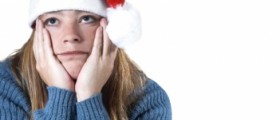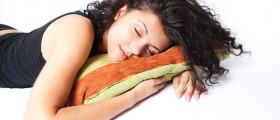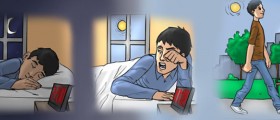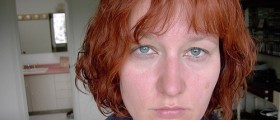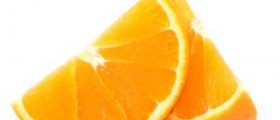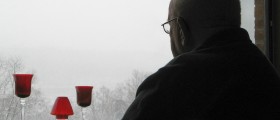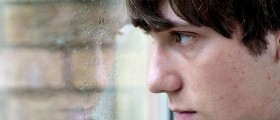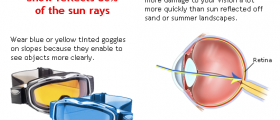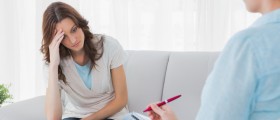Hi, my friend is suffering from depression since his sister died last year. They were very close and it was very painful experience for him. I have noticed that his depression is becoming worse in winter days and I would like to know if it some general rule for depressions and why is that so?
Loading...
Hi, as you probably know rainy days same as winter days are pretty tough for people who are suffering from depression. Cold weather, grey colors and short days have big influences on these people. Because of that space where these people are spending their time have to be nice, with warm colors and good light. Red and orange are colors which may be very useful for persons who are suffering from depression.
Loading...
Exacerbation of depression in the winter is caused by a biochemical imbalance in the hypothalamus due to the shortening of daylight hours and the lack of sunlight in winter. so previous advice is spot on.
Light therapy has been shown to be effective against the depression caused by low intensity light. That is, exposure, for up to four hours per day (average 1-2 hours) to very bright light. Ordinary light bulbs and fittings are not strong enough. Average domestic or office lighting emits an intensity of 200-500 lux but the minimum dose, necessary to treat SAD is 2500 lux.
There are several devices on the market, some are only green light, which is more effective wavelength so doesn't have to be as bright.
Even pressing a flashlight against the forehead (between the eyebrows) has been shown to be effective (the bulbs don't have to be as bright as the proximity is so close.)
Light therapy has been shown to be effective against the depression caused by low intensity light. That is, exposure, for up to four hours per day (average 1-2 hours) to very bright light. Ordinary light bulbs and fittings are not strong enough. Average domestic or office lighting emits an intensity of 200-500 lux but the minimum dose, necessary to treat SAD is 2500 lux.
There are several devices on the market, some are only green light, which is more effective wavelength so doesn't have to be as bright.
Even pressing a flashlight against the forehead (between the eyebrows) has been shown to be effective (the bulbs don't have to be as bright as the proximity is so close.)
Loading...




